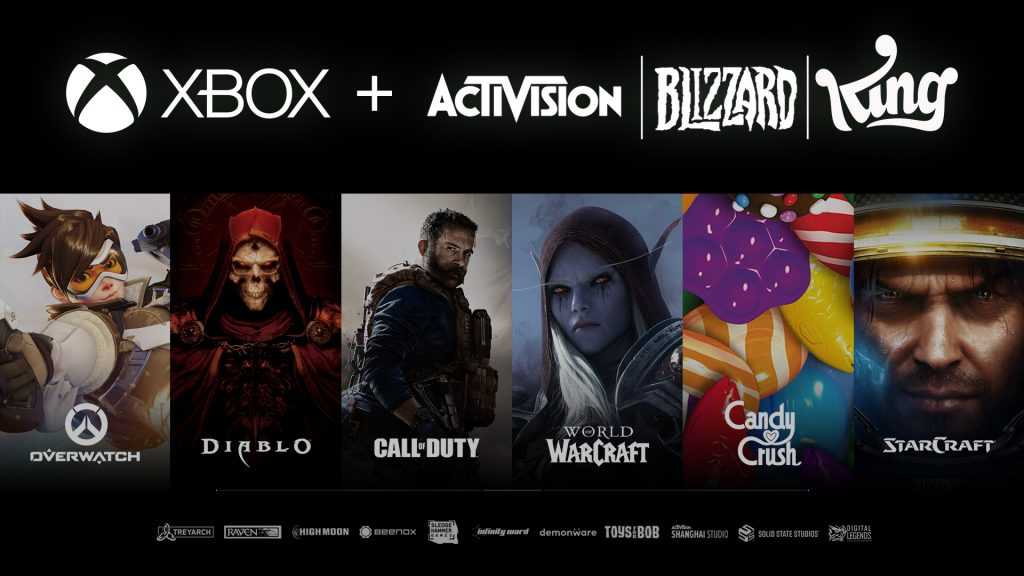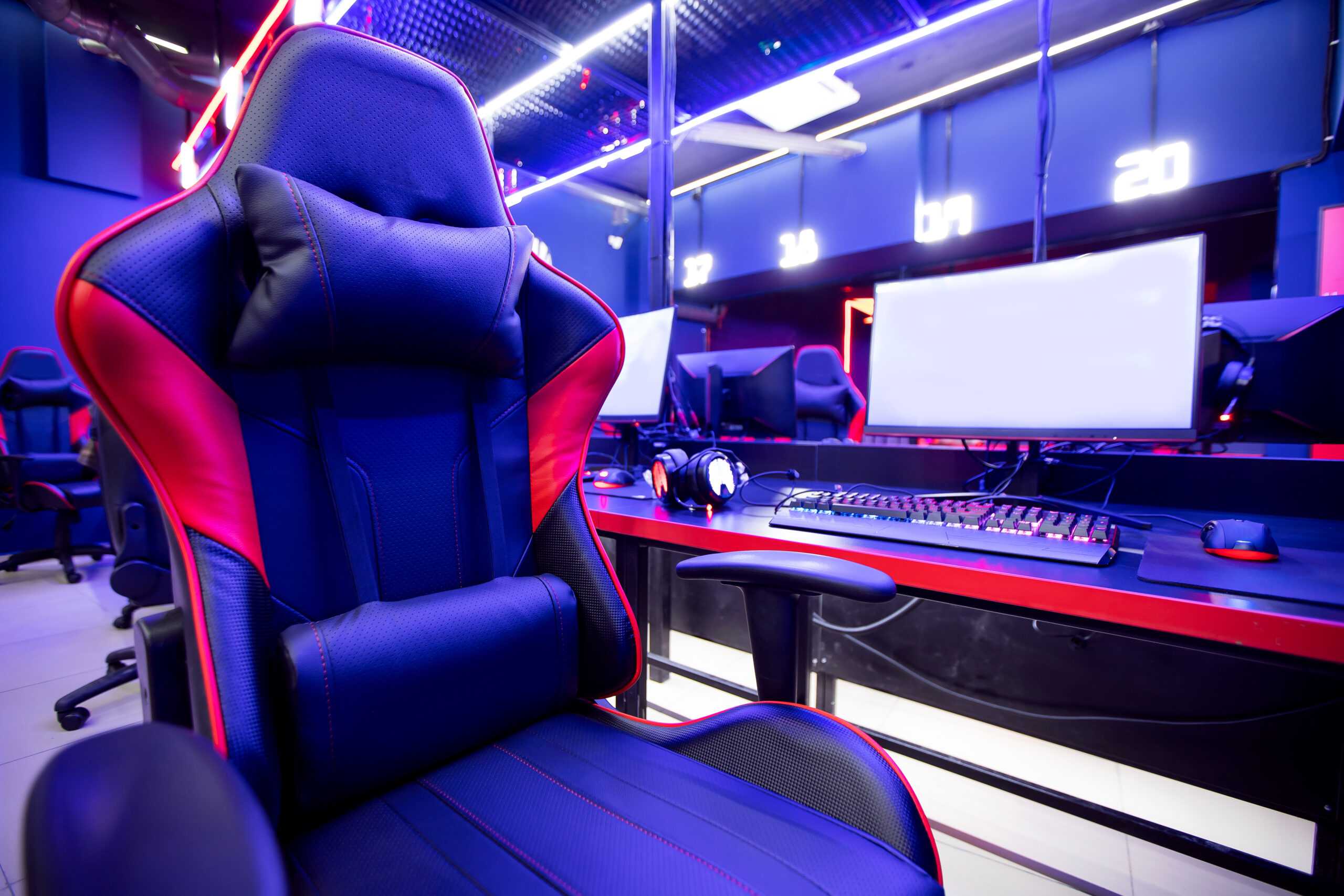With the launch of Halo Infinite, Microsoft has seen some momentum around its Halo Championship Series and has partnered with both ESL Gaming and Faceit to boost the global presence of Halo esports. Despite Master Chief’s popularity, however, Microsoft has never led the esports category. That’s about to change. With the record-breaking $68 billion acquisition of Activision Blizzard, not only will Microsoft take control of numerous current and catalog IP from the publishing behemoth, but the company will now oversee both the Call of Duty League and Overwatch League (along with other Blizzard esports like Starcraft and Hearthstone).
There’s been very little discussion around what the deal means for esports, and it’s currently unclear what the future holds for Activision Blizzard’s leagues. As we’ve discussed previously, the cost-prohibitive franchise fees required for teams to compete in OWL and COD League has been a deterrent, especially for amateur players. It’s possible that Microsoft will reevaluate the structure of these leagues and make them more open while providing teams other ways to generate revenues.
According to former ESPN esports reporter Jacob Wolf, “I think, especially with [OWL], there’s worry about ever making a return on investment. Some of the optimism behind the scenes seems more like denial.” For most game publishers, that return on investment comes in the form of marketing and increased brand exposure for its IP. Even esports giant Riot Games has acknowledged that leading esport League of Legends has yet to generate any profits for the company.
For its part, Activision has noted that it’s enjoyed increased viewership for both of its leagues – nearly 12 million viewers for the 2021 season of its Call of Duty League and a 57% jump for OWL on YouTube and China’s Bilibili. Interpret’s New Media Measure® also shows that Overwatch and Call of Duty are among the most popular games watched by esports viewers, whether that’s tournaments, other matches, or just any videos about the game.






